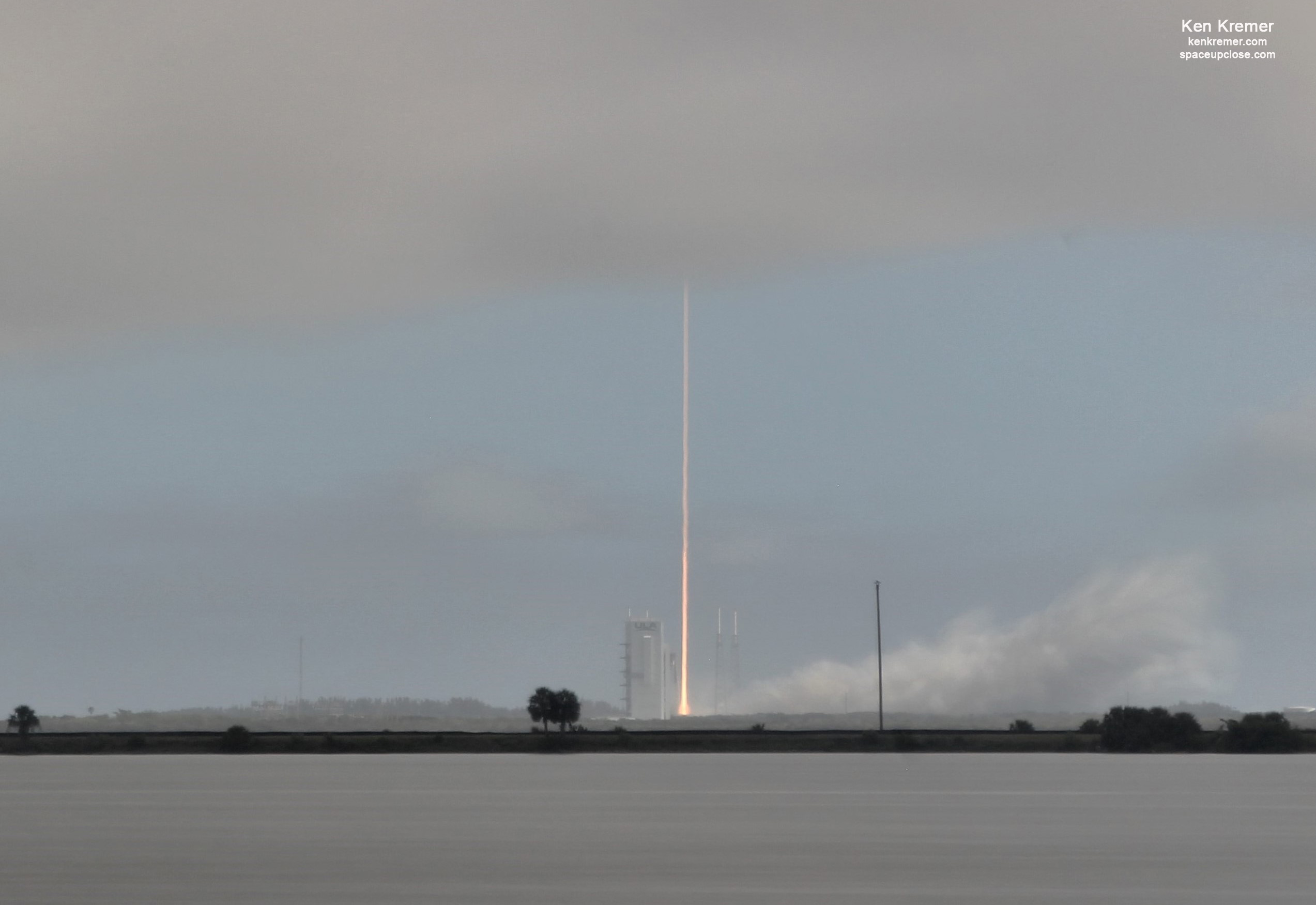
For Space Upclose.com and RocketSTEM
CAPE CANAVERAL SPACE FORCE STATION, FL – After a days delay due to atrocious weather the clandestine X-37B spaceplane successfully soared to space atop a United Launch Alliance (ULA) Atlas V for the U.S. Space Force from the Florida Space Coast Sunday morning May 17 – on a mission dedicated to first responders amidst the ongoing coronavirus pandemic crisis.
Appropriate to the top secret nature of the mission, the Atlas V and X-37B quickly disappeared from view behind lingering thick clouds some 10 seconds after this mornings launch
The beautiful blastoff of the ULA Atlas V rocket on the USSF-7 mission with the clandestine X-37B spaceplane on the OTV-6 mission for the U.S. Space Force began as the 20 story tall rocket ignited and roared off Space Launch Complex-41 at 9:14 a.m. EDT (1314 GMT) Sunday, May 17 – right at the opening of the launch window as concerning weather systems nearly threatened to postpone the launch again.
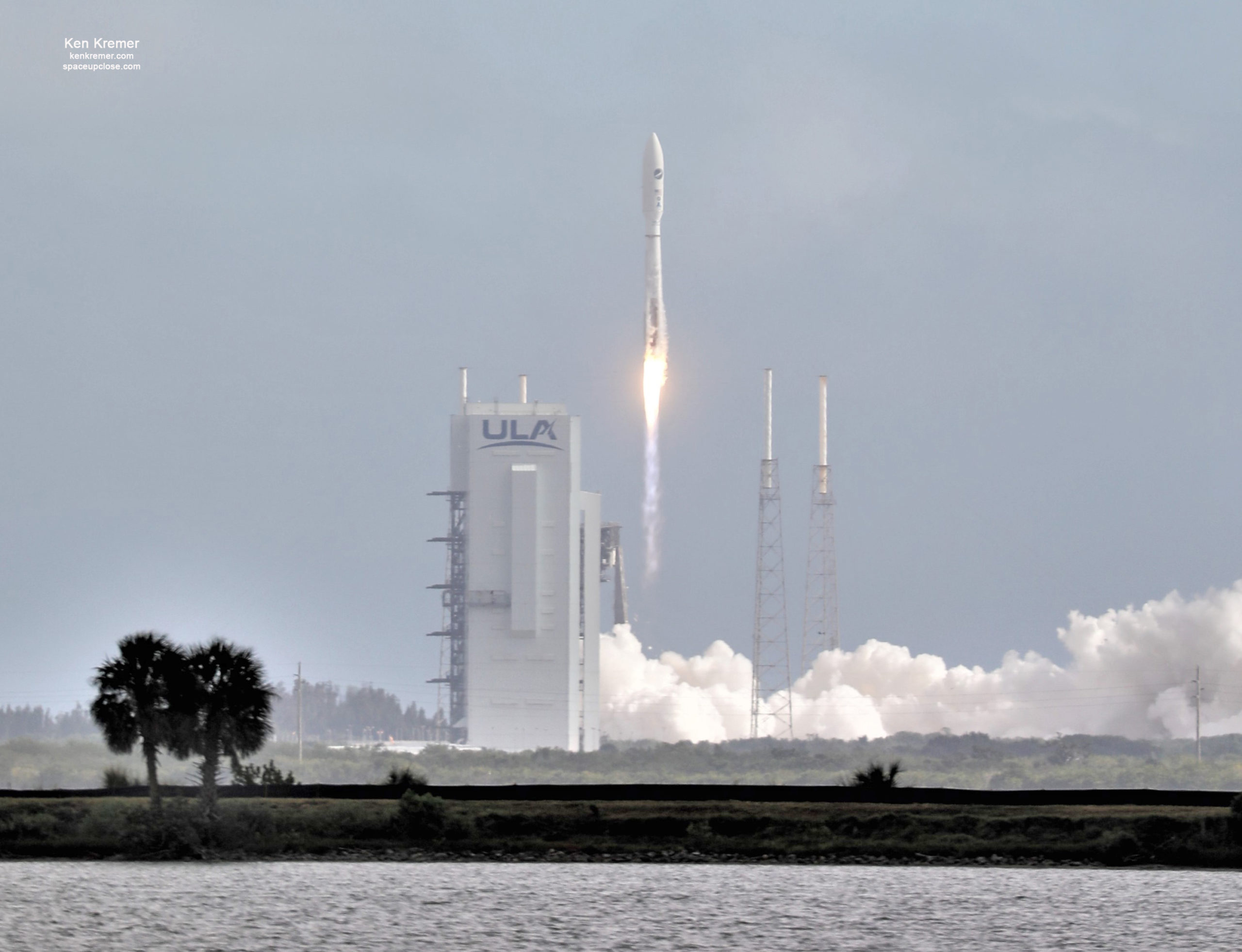
The winged X-37B reusable mini-shuttle is a secretive technology testing spaceplane flying for the U.S. Air Force and new U.S Space Force.
“Mission dedicated to front-line responders and those affected by COVID-19,” said ULA.
“We are honored to partner with the U.S. Space Force and Air Force to recognize healthcare workers, first responders and other essential personnel affected by the COVID-19 pandemic,” said Gary Wentz, ULA vice president of Government and Commercial Programs”
Enjoy our photos from today’s Atlas V launch attempt taken on site at Cape Canaveral Space Force Station and offsite in Titusville by the Space UpClose team of Ken Kremer and Jean Wright.
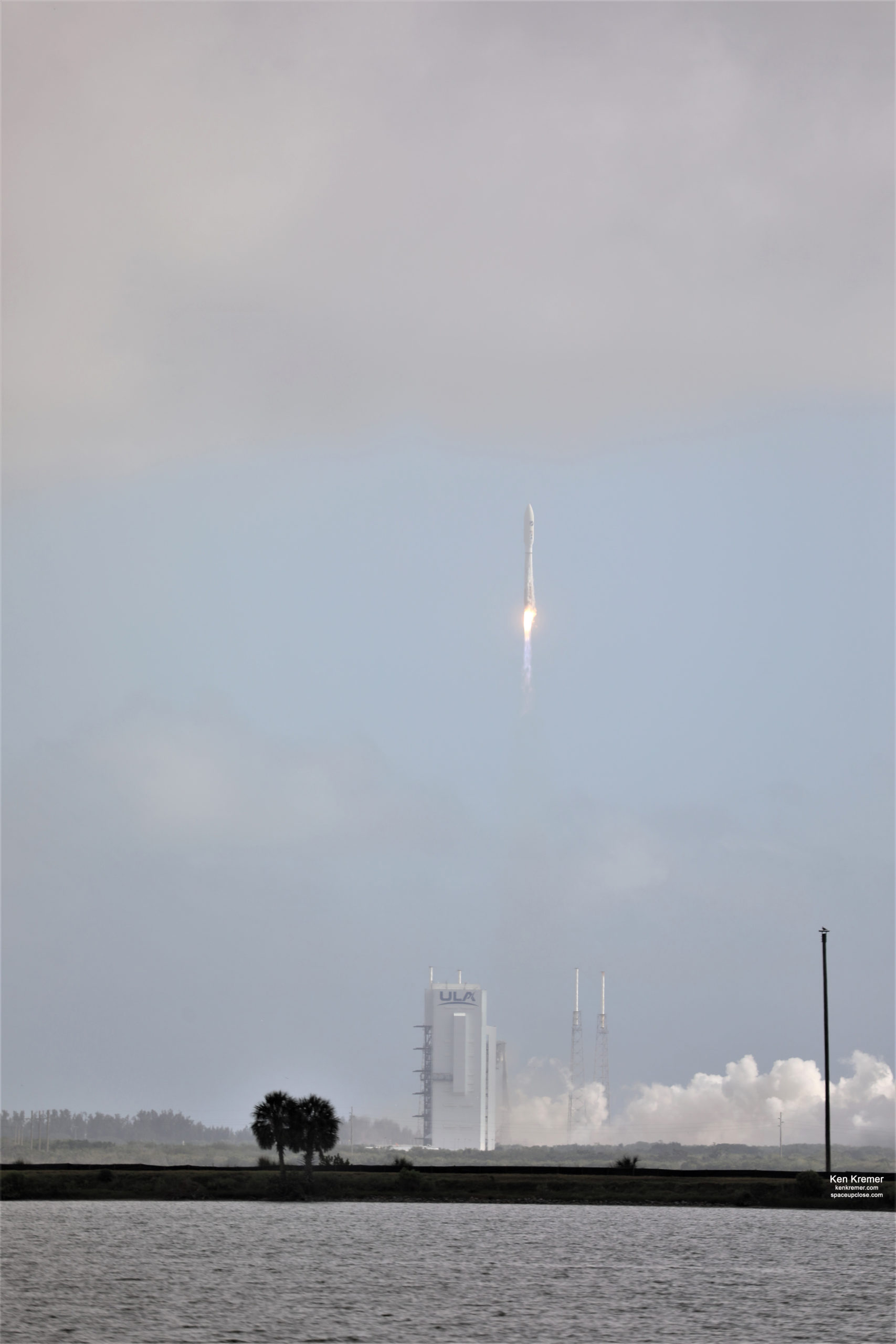
“The success of this mission resulted from collaboration with our customer while working through challenging, and ever changing, health and safety conditions,” said Gary Wentz, ULA vice president of Government and Commercial Programs, in a statement.
“We were honored to partner with the U.S. Space Force to dedicate this mission to first responders, front-line workers, and those affected by COVID-19. It is truly a unique time in our history and I want to thank the entire team for their continued dedication and focus on mission success.”
The same poor weather that delayed the ULA Atlas V also delayed the back to back launch attempt of a SpaceX Falcon 9 raised on adjacent pad 40.
Eventually due to continuing inclement weather and Tropical Storm Arthur churning in the Atlantic Ocean SpaceX decided to postpone the Starlink launch until after the crewed Demo-2 launch – to sometime in June.
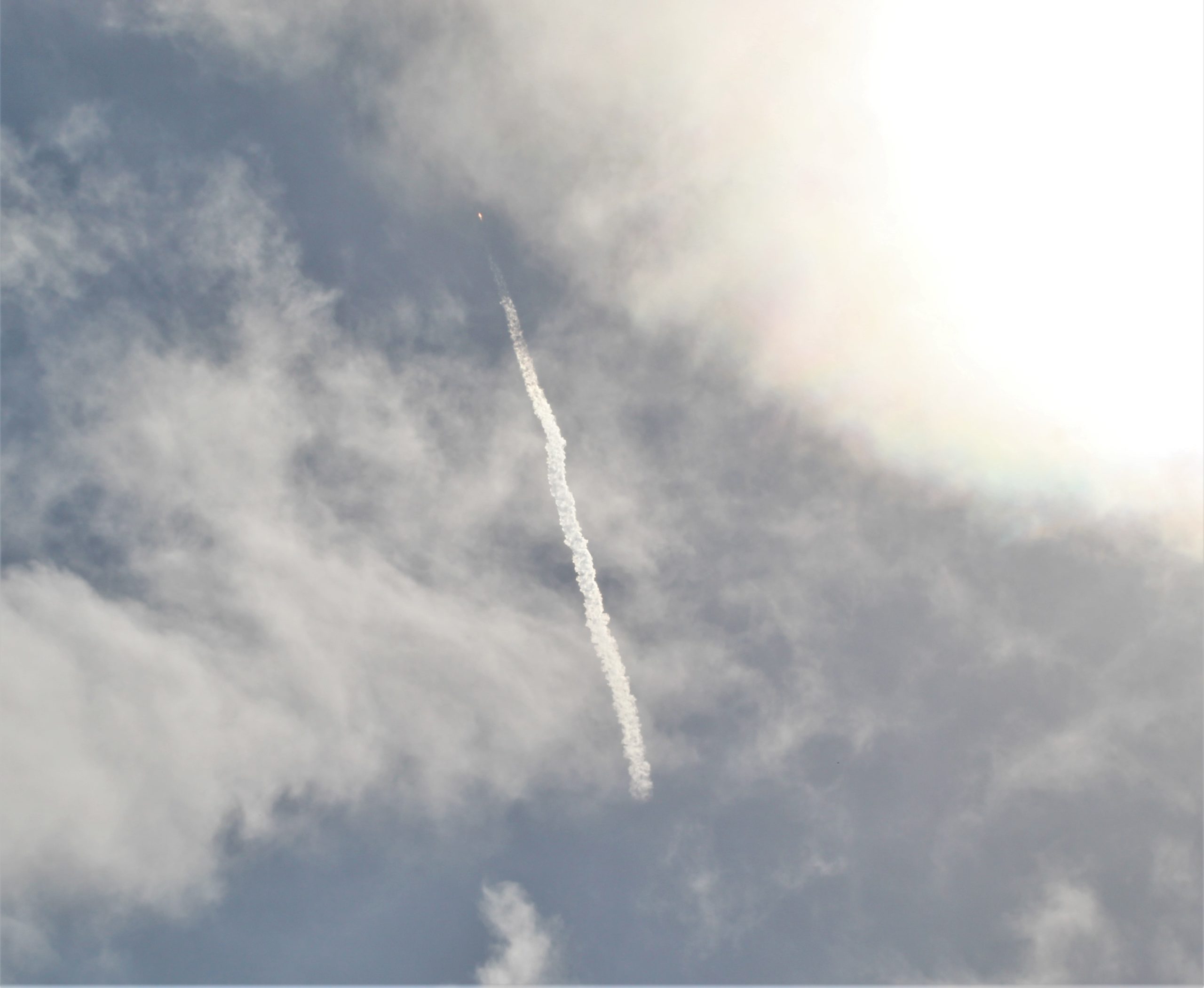
This launch marks the sixth flight of the Boeing-built X-37B Orbital Test Vehicle (OTV-6) and the second mission for the U.S. Space Force.
Two of the 29-foot-long winged reusable spaceplanes were built by Boeing – and both have flown extended missions of months and years long durations.
Very little is known about the X-37B OTV missions except that they are used for a variety of technology testing and development programs – mostly of a military nature
However a few extra payloads were announced publicly.
“Along with OTV-6, this mission deployed FalconSat-8, a small satellite developed by the U.S. Air Force Academy and sponsored by the Air Force Research Laboratory (AFRL) to conduct experiments on orbit, said ULA.
“The mission also carried two NASA experiments, including a material sample plate to determine the results of radiation and other space effects on various materials, and an experiment which will assess space effects on seeds used to grow food. Another experiment sponsored by the Naval Research Laboratory will examine the ability to transform solar power into radio frequency microwave energy which could be transmitted to the ground.”
The Atlas V launched in the 501 configuration rocket, which includes a 5-meter-diameter payload fairing. The Atlas booster is powered by the RD AMROSS RD-180 engine, and the Centaur upper stage is powered by the Aerojet Rocketdyne RL10C-1 engine.
This is the 84th launch of an Atlas V rocket and the seventh launch of the 501 configuration. The Atlas V 501 has been used exclusively for national security missions.
To date ULA has a track record of 100 percent mission success with 139 successful launches.
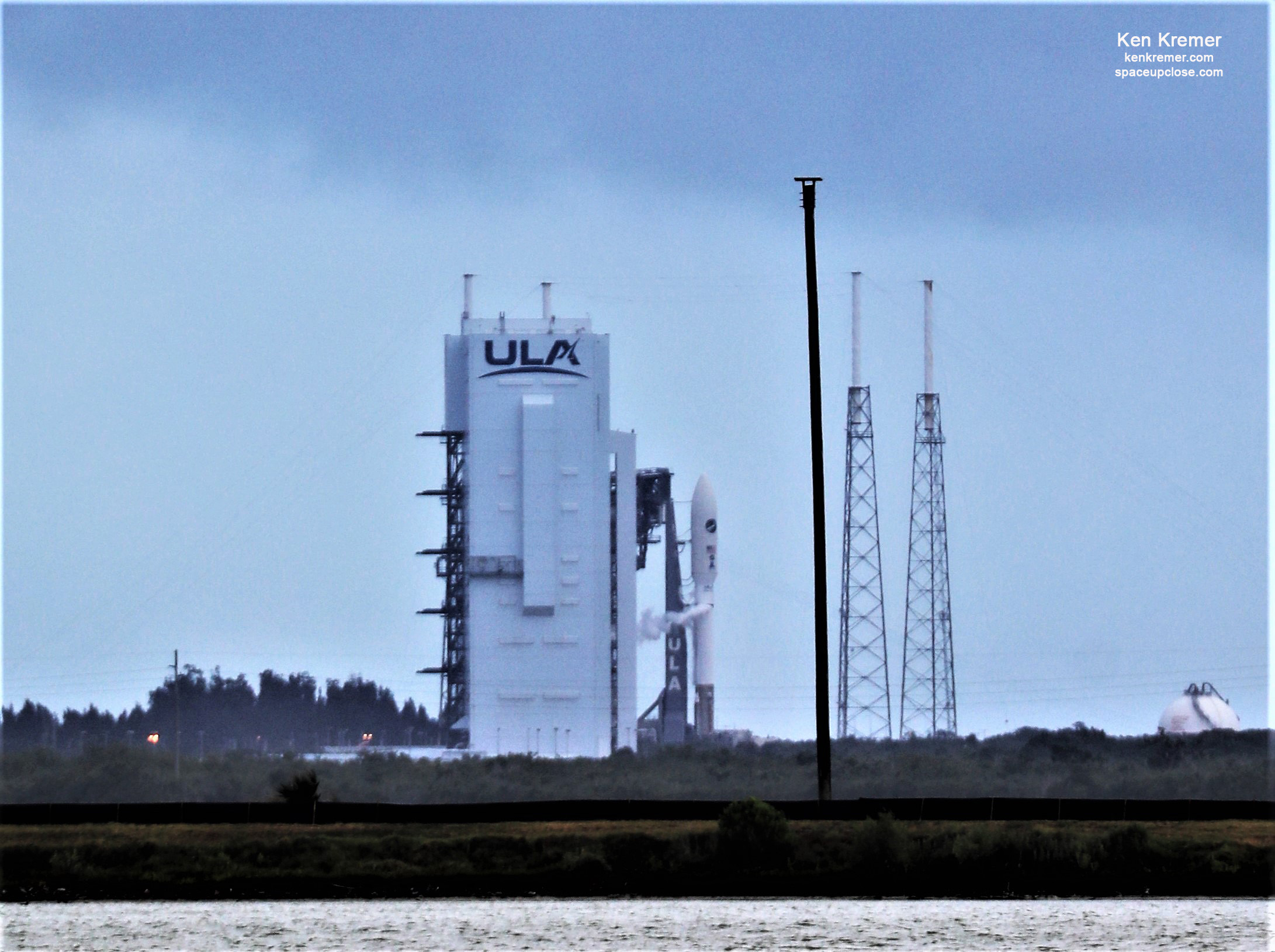
All OTV missions except the last one (OTV-5) have been launched by ULA
ULA’s next launch is NASA’s Mars 2020 mission carrying the Perseverance rover on an Atlas V rocket. The launch is scheduled for July 17 from Space Launch Complex-41 at Cape Canaveral Air Force Station, Fla.
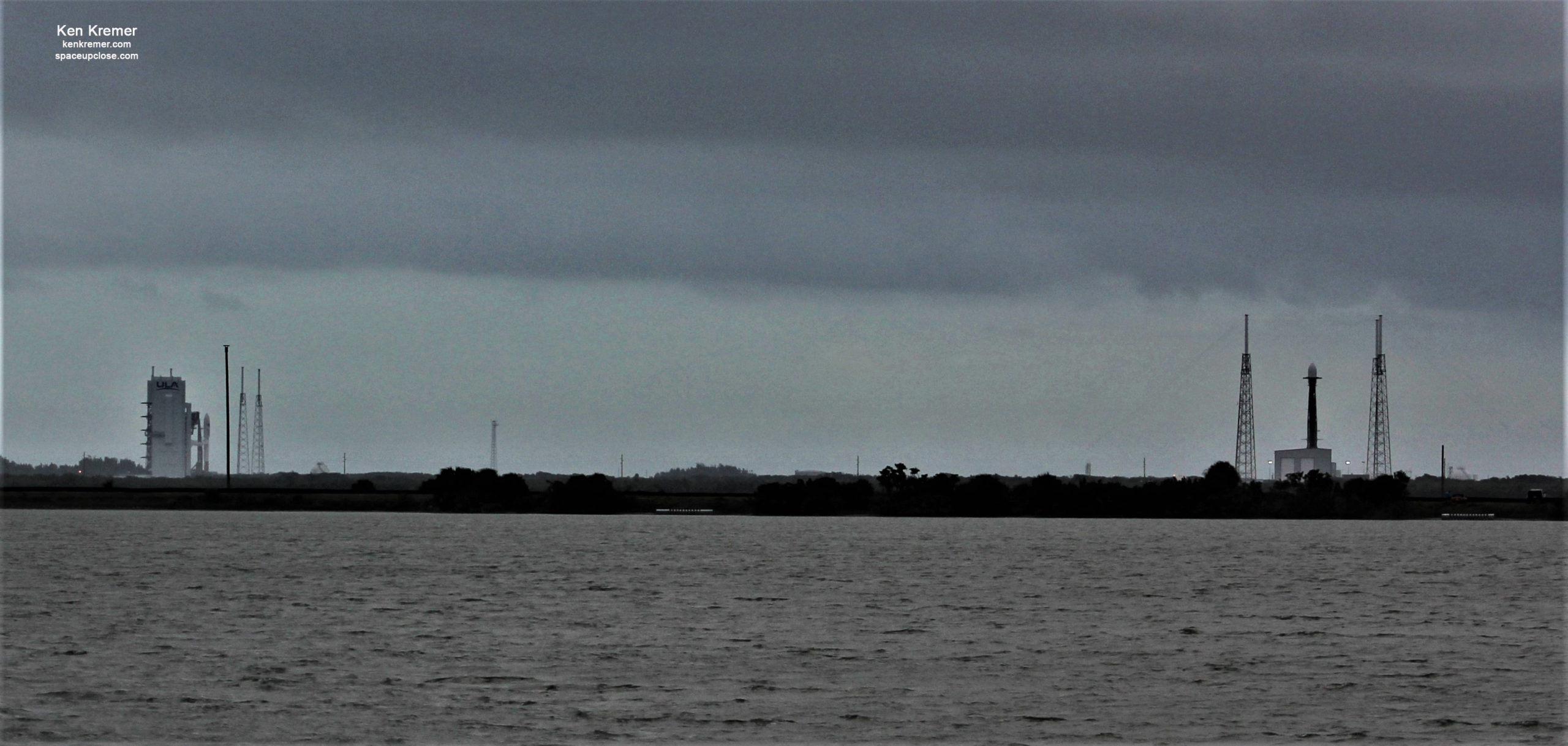
Watch Ken’s continuing reports about Artemis and onsite for live reporting of upcoming and recent SpaceX and ULA launches including Starlink, Solar Orbiter, In-Flight Abort, Mars 2020 and more at the Kennedy Space Center and Cape Canaveral Air Force Station.
Stay tuned here for Ken’s continuing Earth and Planetary science and human spaceflight news: www.kenkremer.com –www.spaceupclose.com – twitter @ken_kremer – email: ken at kenkremer.com
Dr. Kremer is a research scientist and journalist based in the KSC area, active in outreach and interviewed regularly on TV and radio about space topics.
………….
Ken’s photos are for sale and he is available for lectures and outreach events




